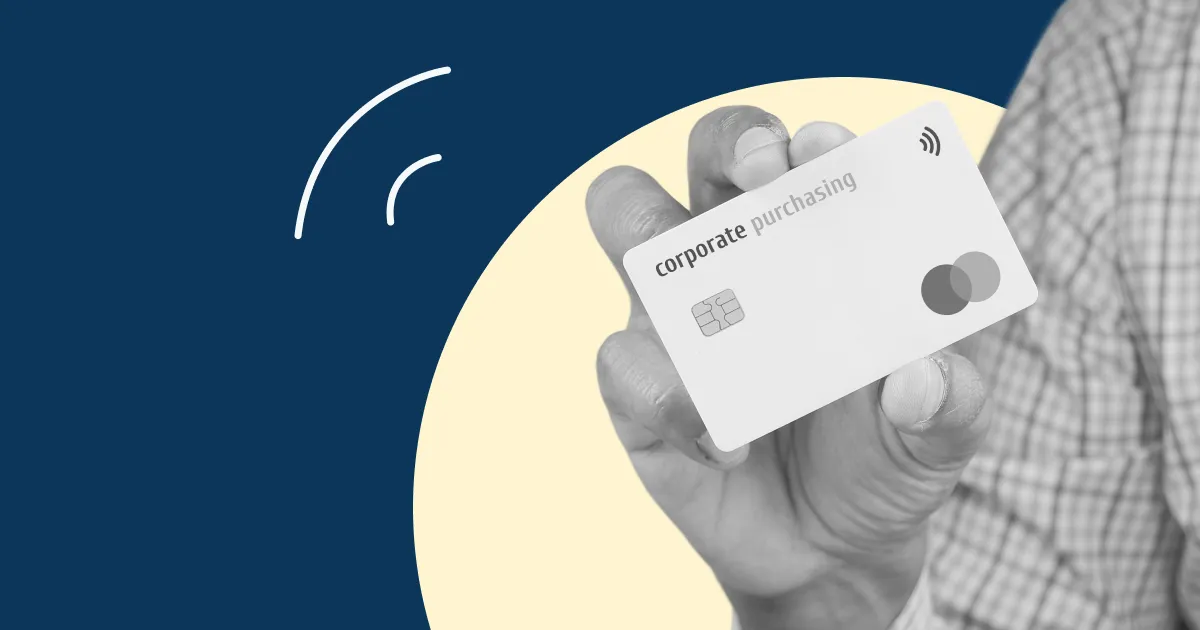Summary
- Digital fraud dominates today's landscape, with criminals using stolen card information for online purchases without needing physical cards, while sophisticated techniques like merchant data breaches and phishing attacks continue to evolve.
- Watch for unauthorized charges from unfamiliar vendors, suspicious duplicate payments, off-hours transactions, rapid small test purchases, and spending patterns that don't match your normal business operations.
- Cardholders should protect PINs and OTPs, use virtual cards for online transactions, and enable two-factor authentication, while founders must implement approval workflows, set spending limits, use merchant locks, and establish real-time transaction alerts.
- Machine learning analyzes spending patterns to flag unusual behavior, 3D Secure authentication verifies cardholder identity, virtual cards contain risk to specific vendors, instant card controls allow immediate freezing, and chargeback mechanisms enable fund recovery.
- Immediately freeze affected cards, document all fraudulent transactions with screenshots, report to your bank or card provider, monitor accounts closely for weeks afterward, and update security practices based on lessons learned from each incident.
Fraud drains as much as 5% of annual revenue from businesses globally, costing companies billions every year.
Card fraud hits close to home and we’ve seen founders lose thousands overnight.
Founders managing corporate cards and expenses face constant fraud attempts, especially as you scale globally.
When every dollar counts and financial processes are still evolving, staying ahead of card fraud becomes critical.
What is Card Fraud?
Modern card fraud happens fast. Criminals use stolen card details for purchases, cash withdrawals, and account access, often without you knowing they've been compromised.
Some common types include:
- Digital fraud: Criminals use stolen card information to make online or phone purchases without needing the physical card. This accounts for the majority of card fraud cases today, as digital transactions have exploded in popularity.
- Physical card theft: Involves stolen or lost cards being used for unauthorized transactions. While chip technology has made this more difficult, it's still common, especially with contactless payments.
- Merchant data breaches: Criminals hack into retailer systems to steal customer payment information. When you shop at a compromised merchant, your card details could end up in the wrong hands.
- Phishing and social engineering tricks: Criminals pose as legitimate institutions to steal your card information through fake emails, websites, or phone calls.
A recent advisory from the Monetary Authority of Singapore (MAS) warned about criminals using sophisticated techniques to intercept card data during legitimate transactions. As fraud methods continue to evolve alongside our payment technologies, it's even more important that businesses and startup founders stay vigilant and take proactive steps to protect themselves.
How to Spot Card Fraud
The key to minimizing fraud damage is catching it early. Here are the warning signs you should watch for:
Unauthorized charges
These might appear as transactions you don't recognize, purchases from vendors you've never heard of, or charges in locations where your business doesn't operate.
Suspicious vendor patterns
Be wary of duplicate payments to the same vendor, especially if the vendor name seems unusual or if you suddenly see multiple variations of a vendor name you normally use.
Off-hours activity
This should raise immediate concerns. If you see card transactions happening outside your normal business hours, especially for services that don’t typically happen after hours, investigate immediately.
Rapid small transactions
Criminals frequently make small purchases first to test if a stolen card works before making larger fraudulent transactions.
Unusual spending patterns
Spending that doesn’t match your business needs or typical purchasing behavior needs immediate attention. This might include sudden increases in transaction frequency or purchases from entirely new categories of merchants.
How You Can Protect Against Card Fraud
Preventing card fraud requires a multi-layered approach that combines good personal habits with smart business practices.
How Modern Anti-Fraud Systems Protect You
Modern fraud protection works behind the scenes every time you transact.
Each time you swipe, tap, or pay with a virtual card, sophisticated systems analyze your transaction to keep you safe. Here’s what’s protecting you:
Real-time monitoring powered by machine learning analyzes every transaction as it happens. These systems learn your spending patterns and can instantly flag transactions that don't fit your normal behavior.
Suspicious activity, such as sudden location changes, duplicate charges, off-hour spending, can trigger an instant block before any damage is done.
3D Secure authentication adds an extra verification step for online purchases. When you make a purchase, you’ll be asked to confirm the transaction through your bank's app or with a text message code.
3D Secure authentication verifies the cardholder's identity with the card issuer during the payment process.
Virtual cards can be customized to specific vendors or even for single use, adding more layers of protection.
If one card detail is leaked or compromised, your other cards stay safe, allowing you to contain risk without disrupting business operations.
Instant card controls allow you to freeze or unfreeze your cards instantly through mobile apps. If you suspect fraud, you can stop all transactions immediately while you investigate.
Something feels off? Freeze first, investigate later.
Chargeback is a dispute mechanism that allows you to raise a chargeback and recover funds if a fraudulent transaction goes through.
Always review your transactions and flag anything unfamiliar within your platform’s timeline.
Human support allows you to escalate serious issues and offers advice in difficult situations like account recovery or investigations.
When fraud hits, speed matters. Having expert support ready makes the difference.
What to Do if Fraud Strikes
Despite your best efforts, fraud can still happen. Here's how to respond quickly and effectively:
- Secure your accounts immediately by freezing affected cards and updating your account passwords if necessary. Most banks and financial platforms allow you to freeze cards instantly through their mobile apps.
- Document everything by taking screenshots of fraudulent transactions and gathering any relevant information about when and how the fraud happened.
- Report the fraud to your bank or card provider immediately. Most financial institutions have 24/7 fraud hotlines and can guide you through the reporting process. Learn how to secure your account and report Fraud on Aspire
- Monitor your accounts closely for several weeks after an incident. Criminals sometimes use stolen information for multiple attacks over time.
- Update your security practices based on what you learn from the fraud incident. If criminals gained access through a particular method, make sure you're protected against similar attacks in the future.
Perfect security doesn't exist in today's digital world. Build systems that detect fraud fast and limit damage when it happens. With the right knowledge and tools, you can protect your business while focusing on what truly matters: growing your business and serving your customers.
Frequently Asked Questions
- National Insurance Crime Bureau - https://www.nicb.org/news/news-releases/fraud-costs-americans-billions-dollars-annually
- Monetary Authority of Singapore - https://www.mas.gov.sg/news/media-releases/2025/joint-news-release-by-spf-csa-and-mas










%201.webp)


.webp)